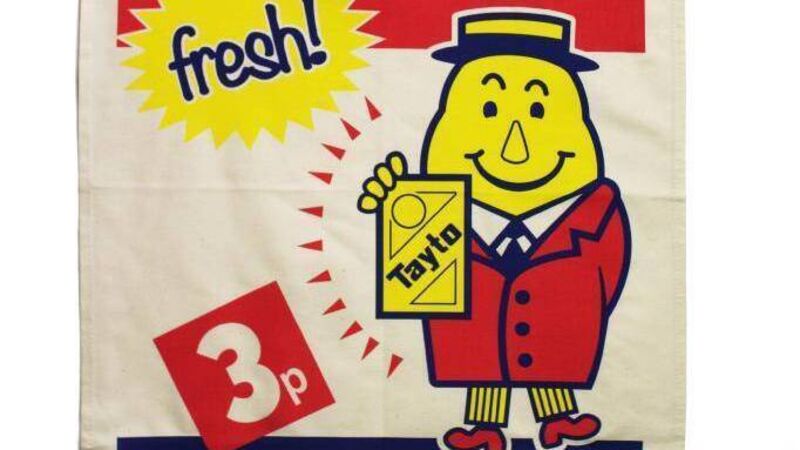Book review: Tayto’s history is more than a matter of taste

In 'The Story of Tayto: The Original Irish Crisp', Bobby Aherne tells the story of a snack brand that now processes about 10% of Ireland’s annual potato crop.
- The Story of Tayto: The Original Irish Crisp
- Bobby Aherne
- The Lilliput Press, €19.95
BOOKS & MORE
Check out our Books Hub where you will find the latest news, reviews, features, opinions and analysis on all things books from the Irish Examiner's team of specialist writers, columnists and contributors.







